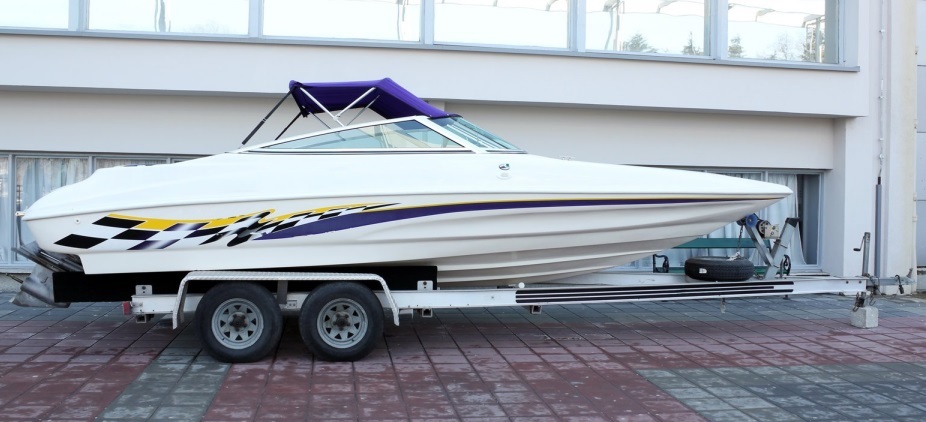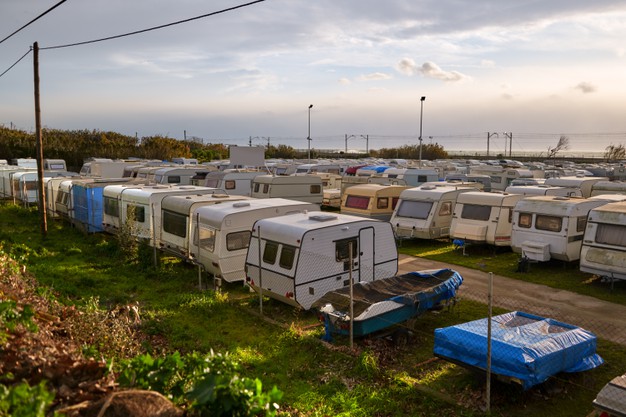This is an interesting take on what you shall expect from your RV. And the answer here is again a mix of different amenities and services provided by a motorhome. More importantly, your expectations will also help drive your market research in the right direction.
For instance, you want an RV that can accommodate your family of 4, in a moderate budget and that has a good fuel economy. Now, what kind of RV shall you be looking for?
Assuming that you have small kids, you will want a safe and secure RV, so we can cross out pop-up tents and camper vans. As the pop-up tents are not very secure when it comes to traveling with kids.
And the camper vans cannot accommodate more than 2 people. So, what other options do you have? There are travel trailers of larger size, Class C motorhomes, Truck Campers, Class A motorhomes, and Fifth-wheel trailers.
Out of all of them, the Class A motorhomes and fifth-wheel trailers are expensive. So, let’s cross them out too. Now we are left with the Class C motorhomes, Travel Trailers and Truck Campers.
All these three options are good for a family of 4 and provide better safety and security. When it comes to towable trailers, you will need a small truck or SUV to pull that much weight.
And if you do not already have an SUV, you can go for the truck camper which is basically a truck-mounted RV.
And there can be endless possibilities like this. All you need to do is to filter out your choices and make a list. Then you can search for all the RVs that provide a mix of your requirements. It is evident that you won’t be getting everything that you want in one RV or that one RV will fulfill all your requirements.
So, what you must do is understand the opportunity cost of that RV and go for it. Even though today, you can have customizable RVs, that customization is mostly for the amenities and services.
And most of the time, the customizable RVs are bigger in size. This means you may have to compromise on the fuel economy.
There are various services and amenities that are listed above in the RV buying guide. These are all the basic amenities that you will require at some point in time when you are on a trip. So, it is essential to buy an RV that has all these services to offer.
It is true that some of the buyers don’t want to spend more than necessary on buying an RV. These types of buyers can go for the small travel trailers, pop-up tents, and other smaller versions of the RV.
But here, their needs and requirements must be different. Like they can easily set up and pack up the pop-up tents. They will have to travel in their car and set up the trailer at the place where they will call it a day.
Again, the needs and requirements for buying an RV are different for different individuals. As a buyer, it depends on your choices and other considerations.
Apart from the needs and desired qualities that you want from your RV, you must also know about the maintenance and servicing costs. Ask the RV community, which models require the most money for repairs and services. Which RVs are more durable and cost-effective? Which are easily damaged and require frequent visits to the mechanic?
Plus, you should also understand the maneuverability of your chosen RV. This means you need to understand how difficult it is to drive an RV. For instance, the towable RVs can be a piece of work compared to the single chassis motorhomes.
Tow ability can be an issue. Plus, the strength and the types of towing mechanisms also matter to a great extent.
It is only after considering all these internal and external factors that you must shortlist your choice of motorhomes.


